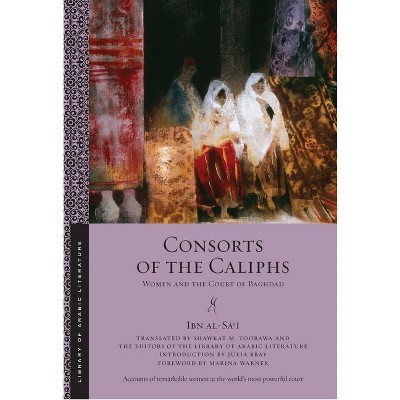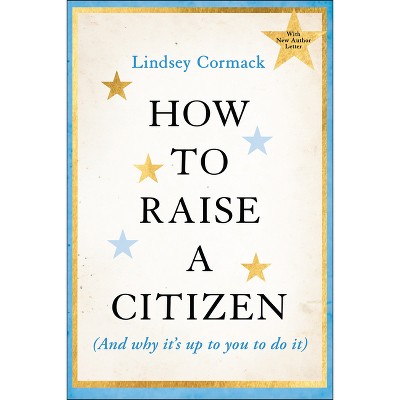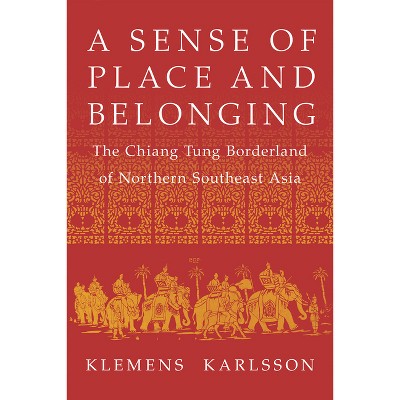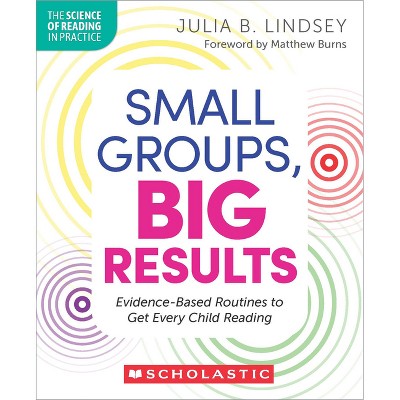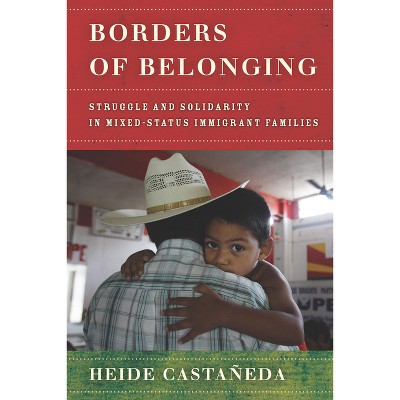Sponsored

Belonging on Both Shores - by Lindsey R Stephenson (Hardcover)
Pre-order
Sponsored
About this item
Highlights
- For most of their history, the people around the Persian Gulf littoral were socially intertwined and economically interdependent.
- About the Author: Lindsey R. Stephenson is a historian of the Indian Ocean.
- 218 Pages
- History, Middle East
Description
About the Book
"For most of their history, the people around the Persian Gulf littoral were socially intertwined and economically interdependent. But the twentieth century ushered in nationalization projects, British imperial intervention, and border regulations, all of which posed challenges to everyday mobility in this oceanic world. Those crossing the water became the primary foil for bordering spaces, restricting and regulating movement, and defining difference more generally. Belonging on Both Shores tells the story of people's struggles to move freely between Iran and the Arab shores of the Gulf as the unregulated mobility that had characterized everyday life in the nineteenth century was increasingly policed in the twentieth. Using a wide range of Arabic, Persian, and English sources, Lindsey Stephenson demonstrates how state officials refined notions of territorial belonging against the movement of Iranians, the most visible mobile "group" in the Persian Gulf arena. Engaging migrant voices, Stephenson narrates how Iranians challenged a perceived requirement to belong to a single place and highlights the techniques these migrants employed to remain connected to both shores. Tracing the movement of Iranians across and around the Persian Gulf and investigating how the technologies of state and mobility transformed fluidity and people's understanding of movement, this book tells a new story of how the modern Gulf was formed"--Book Synopsis
For most of their history, the people around the Persian Gulf littoral were socially intertwined and economically interdependent. But the twentieth century ushered in nationalization projects, British imperial intervention, and border regulations, all of which posed challenges to everyday mobility in this oceanic world. Those crossing the water became the primary foil for bordering spaces, restricting and regulating movement, and defining difference more generally. Belonging on Both Shores tells the story of people's struggles to move freely between Iran and the Arab shores of the Gulf as the unregulated mobility that had characterized everyday life in the nineteenth century was increasingly policed in the twentieth.
Using a wide range of Arabic, Persian, and English sources, Lindsey Stephenson demonstrates how state officials refined notions of territorial belonging against the movement of Iranians, the most visible mobile "group" in the Persian Gulf arena. Engaging migrant voices, Stephenson narrates how Iranians challenged a perceived requirement to belong to a single place and highlights the techniques these migrants employed to remain connected to both shores. Tracing the movement of Iranians across and around the Persian Gulf and investigating how the technologies of state and mobility transformed fluidity and people's understanding of movement, this book tells a new story of how the modern Gulf was formed.
Review Quotes
"A powerful and important rewriting of Persian Gulf history. Lindsey Stephenson demonstrates with detail and sophistication the ways the waters of the Persian Gulf transformed from a bridge to a barrier. The circuits and challenges of laborers and merchants, families and individuals come alive as they navigate a world increasingly divided along nationalist lines." --Mandana Limbert, City University of New York
"The dhow, celebrated as an icon of Arab Gulf heritage, often drifts through a fog of nostalgia for the pre-oil past, unmoored from its deep ties to Iran and the Indian Ocean. Lindsey Stephenson's intrepid sleuthing through Iranian archives and private collections in Bahrain and Kuwait painstakingly reconstructs the forgotten stories of Iranian migrants, truly reassembling both shores of the Gulf." --Michael Christopher Low, University of Utah
About the Author
Lindsey R. Stephenson is a historian of the Indian Ocean. She holds a PhD in Near Eastern Studies from Princeton University.Shipping details
Return details
Frequently bought together


Trending Non-Fiction







